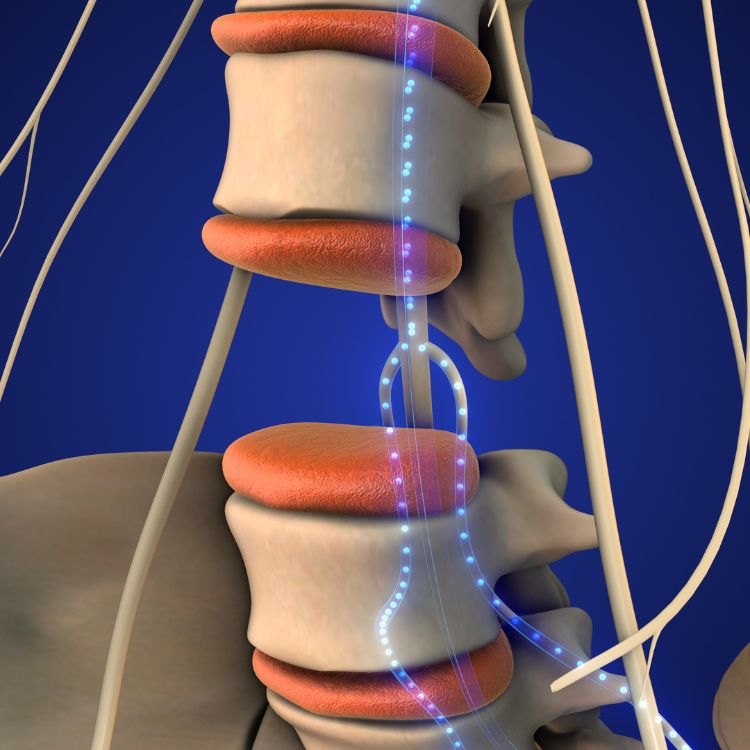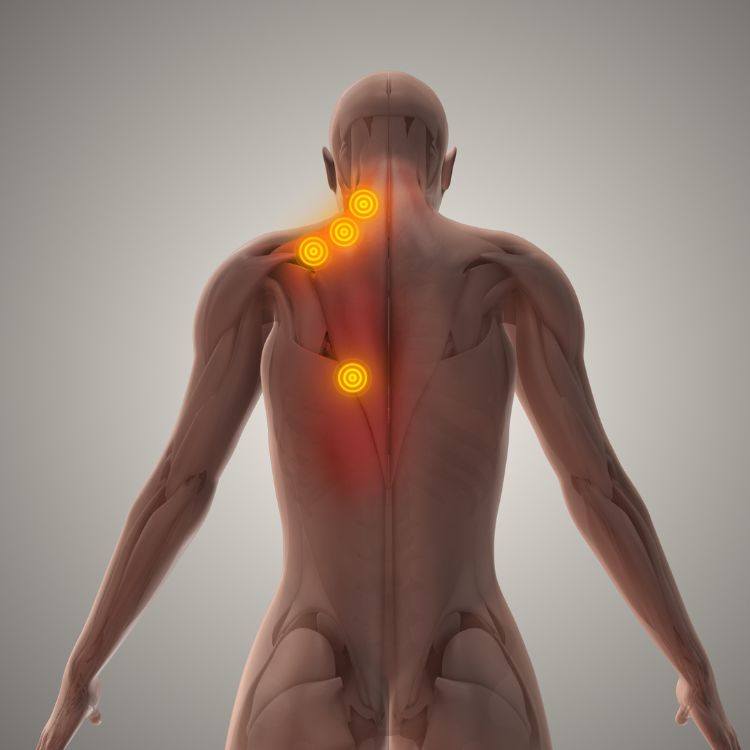What Are the Most Common Auto Injuries?
Any part of you body can suffer an injury during an auto accident, but your head and neck are especially vulnerable. These are a few examples of the most common auto injuries:
- Whiplash
- Back injury
- Traumatic head injury
- Broken bones
- Injured knees
- Internal injuries
- Lower extremity fractures
After an auto accident, it’s also common to develop widespread body pain even when there’s no obvious sign of a specific injury.
What Type of Auto Injury Causes Delayed Symptoms?
Three of the most common auto injuries are known for causing delayed symptoms:
Concussion
The classic symptoms of a concussion — headache, dizziness, and confusion — may not appear for days or possibly weeks after your accident. As a result, you may continue to stay active rather than giving your brain the rest it needs to heal and prevent post-concussion syndrome.
Whiplash
Whiplash is known for being painful, yet the primary signs of neck pain, shoulder pain, and headaches may not appear for days following a whiplash.
Lower Back Pain
Delayed lower back pain is common because it can take a little time for injured muscles to stiffen and for inflammation to get severe enough to cause pain.
Why Should I Get Immediate Treatment For an Auto Injury?
Whether you suffer an obvious injury or not, it’s important to get an immediate medical evaluation by the team at Advanced Pain Management. A thorough exam allows your doctor to detect signs of injuries that may cause delayed symptoms and start treatment to relieve your pain and prevent progressive problems..
Prompt treatment also documents your injuries. If you file an insurance claim or a lawsuit, it’s essential to show a connection between the auto accident and your injuries. If you wait too long, you may have a hard time proving your injuries were the direct result of your accident.
What Services Will I Receive for Auto Injuries?
Your doctor at Advanced Pain Management reviews your medical history, performs a complete medical exam, and completes disability and functional capacity evaluations. Then your doctor develops a customized treatment plan that may include a wide range of therapies, such as:
- Medication management
- Epidural steroid injections
- Trigger point injections
- Physical therapy
- Rehabilitation
- Therapeutic massage
- Spinal cord stimulation
- Radiofrequency neurotomy








